SLEEPING ISSUES
UNDERSTANDING SNORING AND SLEEP APNEA
Snoring occurs when airflow is partially blocked during sleep, causing soft tissues in the throat to vibrate and create sound. While occasional snoring is common, chronic snoring may indicate underlying health concerns. Factors such as a narrow airway, large tonsils, obesity, sleeping position, chronic nasal congestion, and tobacco or alcohol use can contribute to snoring. Snoring can lead to daytime fatigue, dry mouth, bad breath, and increased risk of oral infections. More concerningly, loud snoring accompanied by choking, gasping, or pauses in breathing may indicate sleep apnea, a condition where airflow is repeatedly obstructed, reducing oxygen levels in the body.
SIGNS AND SYMPTOMS OF SLEEP APNEA
Obstructive sleep apnea (OSA) occurs when the upper airway becomes blocked during sleep, causing the chest and diaphragm muscles to work harder to restore normal breathing. This can lead to shallow breathing, frequent awakenings, and reduced oxygen flow to organs, increasing the risk of heart disease, high blood pressure, and other health complications. Warning signs of sleep apnea include:
- Daytime fatigue or excessive sleepiness
- Morning headaches or dry mouth
- Memory lapses, difficulty concentrating, or mood changes
- Restlessness during sleep or frequent nighttime awakenings
- Gasping, choking, or loud snoring
- High blood pressure and GERD (acid reflux)
- Abnormal sleeping positions (e.g., sleeping on hands and knees or head tilted backward)
ANTI-SNORING MOUTHPIECES AND TREATMENT OPTIONS
For mild to moderate snoring and sleep apnea, custom-fitted anti-snoring mouthpieces can help keep the airway open and reduce vibration in the throat. Common devices include:
- Mandibular Advancement Devices (MADs): These look like retainers and work by gently shifting the lower jaw forward to create more airway space.
- Tongue Stabilizing Devices: These help prevent the tongue from collapsing into the throat, reducing airflow restriction.
- Snoring Chin Straps: These keep the mouth closed during sleep but are less commonly used due to discomfort.
